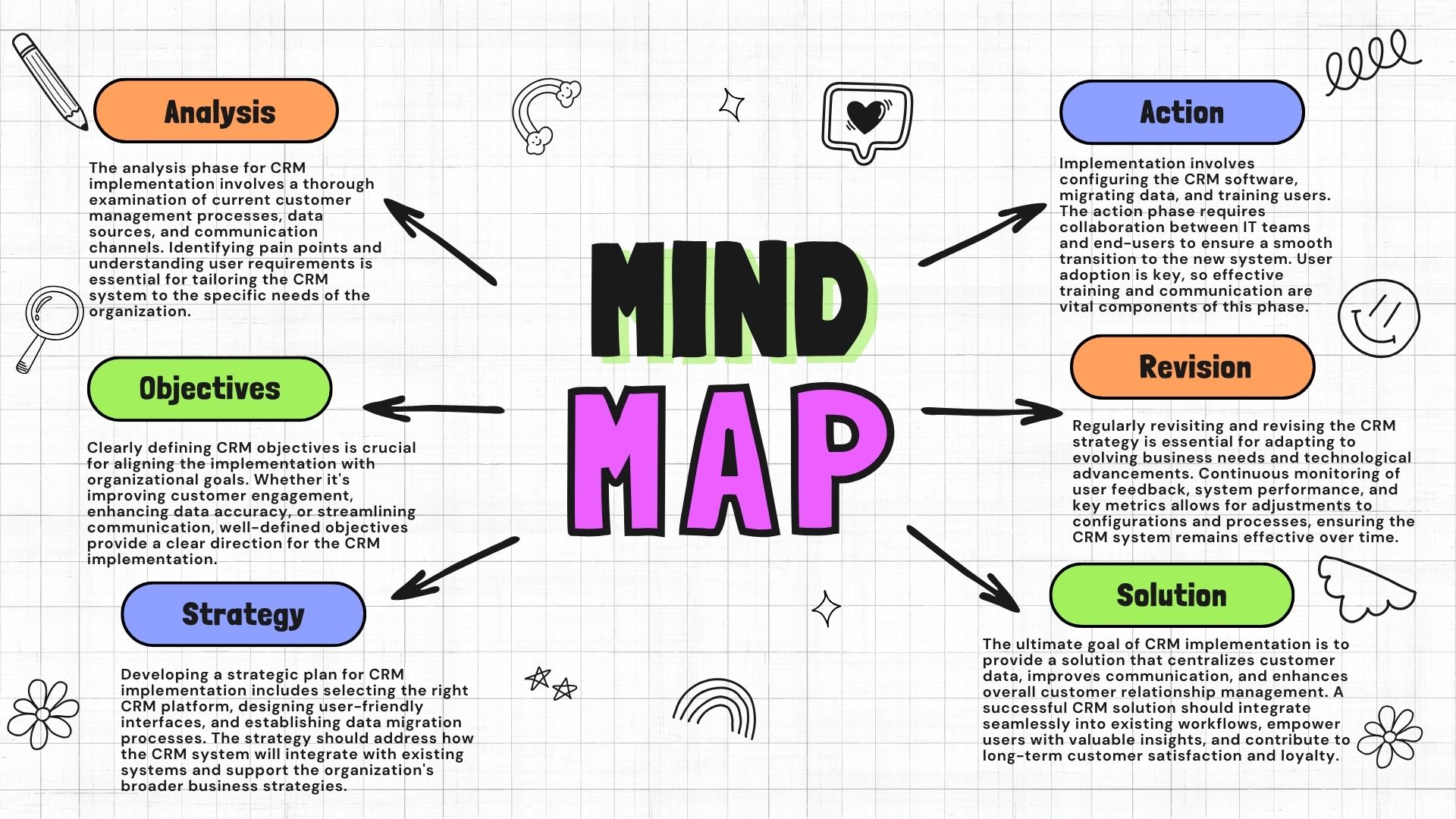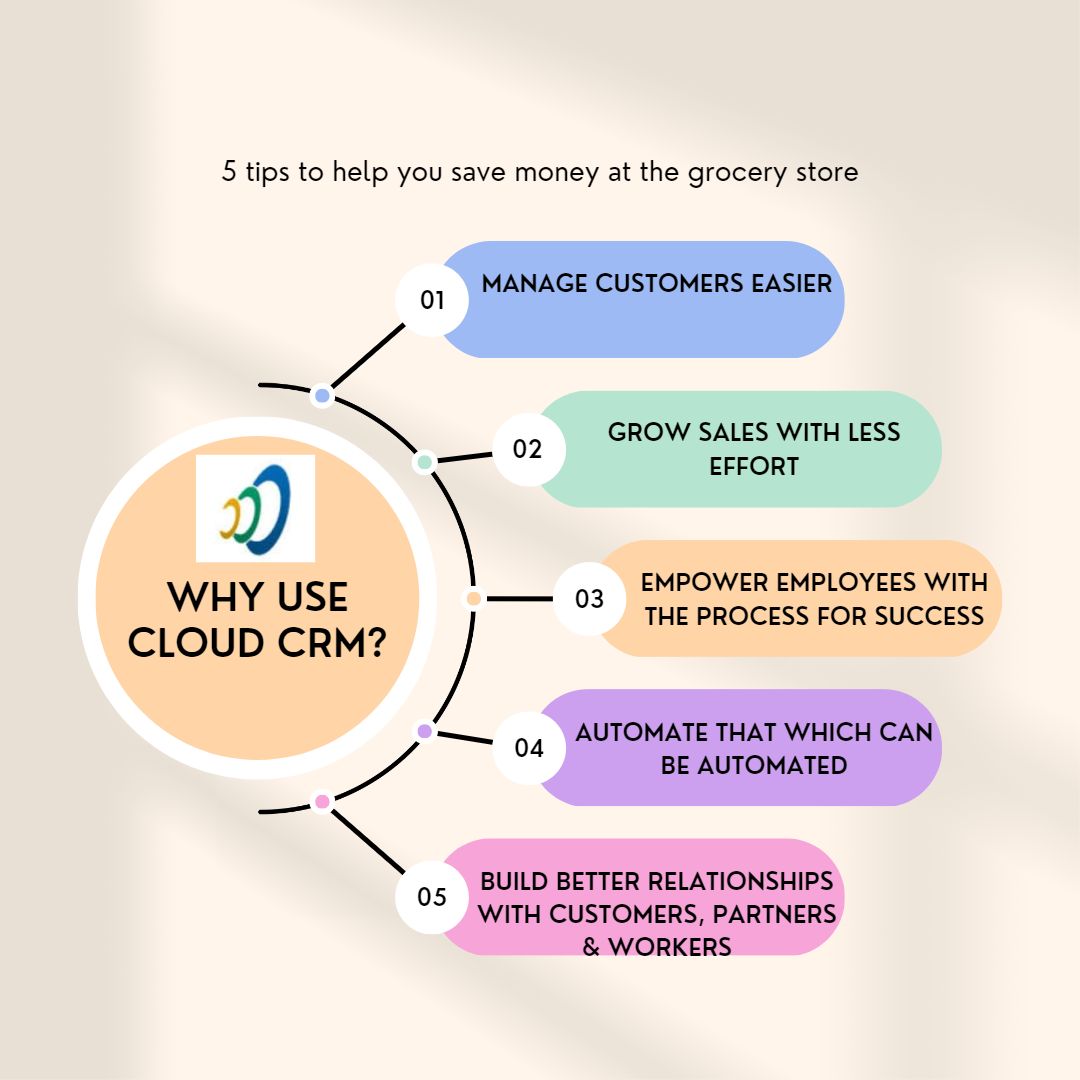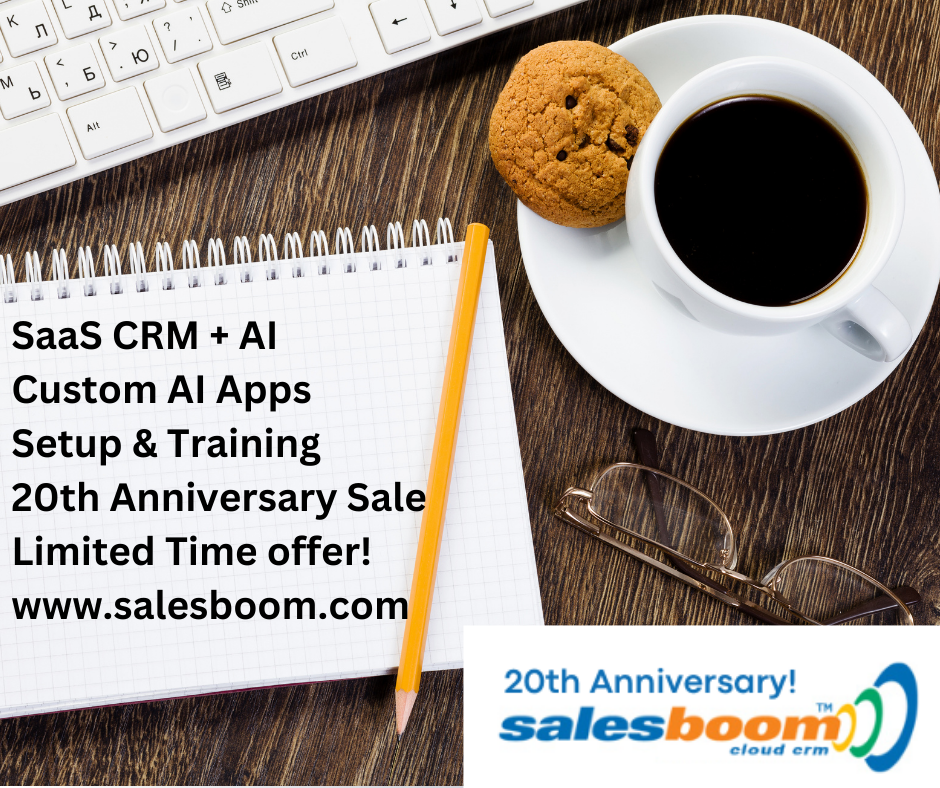Hospital CRM SWOT Analysis for Hospitals Implementing Cloud CRM
Content:
- Introduction
- What is a SWOT Analysis used for when implementing a CRM system?
- Hospital CRM Implementation SWOT Analysis
What is a SWOT Analysis used for when implementing a CRM system?
A SWOT analysis in the context of implementing a Customer Relationship Management (CRM) system involves a strategic evaluation of the Strengths, Weaknesses, Opportunities, and Threats related to the integration of this technology into an organization's operations.

The purpose of this analysis is to ensure that the CRM system aligns with the organization's goals, offers value, and addresses potential challenges effectively.
Here’s how it typically breaks down:
-
Strengths:
-
Enhanced Customer Engagement: CRM systems allow for better tracking and management of customer interactions, leading to improved customer service and satisfaction.
-
Efficient Data Management: Centralizing customer data facilitates better analysis, decision-making, and personalized customer experiences.
-
Streamlined Processes: Automating and organizing sales, marketing, and customer service processes can lead to increased efficiency and productivity.
-
Improved Communication: Facilitates internal communication and coordination, ensuring that everyone has access to up-to-date customer information.
-
-
Weaknesses:
-
Implementation Costs: High initial costs for software purchase, customization, and integration with existing systems.
-
Training and Adaptation: Requires time and resources for training employees and adapting to new workflows.
-
Data Security Risks: Handling large volumes of sensitive customer data necessitates robust security protocols to prevent data breaches.
-
System Integration Challenges: Potential difficulties in integrating the CRM system with existing software and databases.
-
-
-
Opportunities:
-
Market Expansion: The ability to identify and capitalize on new customer segments and markets.
-
Customer Insights: Gaining deeper insights into customer behavior and preferences, which can inform business strategy and product development.
-
Technological Advancements: Leveraging emerging technologies like AI and analytics for enhanced CRM functionality and customer insights.
-
Competitive Advantage: Using a CRM to differentiate the organization from competitors by providing superior customer service and personalized experiences.
-
-
Threats:
-
Technological Changes: Rapid changes in technology can render a CRM system outdated, requiring continuous updates or replacement.
-
Data Privacy Regulations: Compliance with data protection and privacy laws can be complex and vary by region.
-
Competitive Market: High competition in CRM solutions can lead to difficulty in choosing the right system and pressure to continuously innovate.
-
Cybersecurity Threats: Increased vulnerability to cyber-attacks with the digitization of customer data.
-
A SWOT analysis for CRM implementation helps organizations to strategically assess how a CRM system can enhance their customer relationships and operational efficiency, while also considering the financial, technical, and security implications involved.

This analysis forms the foundation for informed decision-making and strategic planning in the CRM integration process.
Hospital CRM Implementation SWOT Analysis:
Revolutionizing Patient Care: The Power of CRM in Hospitals is harnessed when using a SWOT analysis.
This blog will help you through the process of understanding how to perform a SWOT analysis for Hospitals implementing a CRM system.
We delve into how a proper SWOT analysis for CRM implementation in Hospital Care settings can lead to continuous improvements in patient care - with less effort and reduced errors, by improving efficiencies.
In the bustling environment of hospital care, where every second counts, a Customer Relationship Management (CRM) system stands as a beacon of efficiency and personalization.
While the term 'CRM' traditionally conjures images of business and commerce, its application within the healthcare sector, especially in hospitals, is transforming the way patient care is delivered.
Following is an example of the four steps in a SWOT analysis of CRM implementation in Hospital CRM:
-
Strengths:
The implementation of CRM systems in hospitals ushers in a new era of centralized patient management.
One of the most significant strengths is the unified platform it provides, which streamlines patient information across departments.
This centralization can lead to improved patient flow, mitigating the long wait times that can be a source of frustration.
Furthermore, CRM systems can communicate with Electronic Health Records (EHRs), enabling seamless data exchange and interoperability that are critical in acute care settings.
-
Weaknesses:
Yet, the road to CRM adoption is not without its bumps.
Integrating a CRM into the complex tapestry of hospital IT systems can be a daunting task, demanding substantial time and financial resources.
The challenge of user adoption also looms large; clinicians and administrative staff may exhibit resistance, clinging to legacy systems they’ve grown accustomed to.
And even with integration, data silos can stubbornly persist, creating barriers to the holistic view of patient care that CRMs strive to provide.
-
Opportunities:
The horizon, however, is ripe with opportunities.
A well-implemented CRM system can pave the way for markedly improved patient outcomes by offering healthcare providers a 360-degree view of the patient journey.
Emerging technologies such as AI and machine learning can be harnessed within CRMs to drive predictive analytics, offering insights that can personalize and enhance patient care.
Furthermore, CRMs open the door to robust patient engagement strategies, equipping hospitals with the tools to reach out to patients proactively.
-
Threats:
Despite these promises, the threats cannot be ignored.
Cybersecurity stands out as a paramount concern; the protection of sensitive patient data against ever-evolving threats is a relentless challenge.
Budget constraints may also restrict the scope of CRM functionalities hospitals can implement.
Additionally, the labyrinth of healthcare regulations, such as HIPAA, poses a continuous compliance hurdle for CRM systems.
Here is a SWOT Analysis for Healthcare CRM in Hospital Care that you could use as a template to get started:
-
Strengths:
-
Centralized Patient Information: A CRM system can centralize patient information, making it accessible to all departments, which enhances communication and patient care.
-
Enhanced Patient Flow: By tracking patient interactions and appointments, CRMs help optimize patient flow and reduce wait times.
-
Interoperability: Integration with EHRs and other hospital systems allows for seamless workflows and better data management.
-
-
Weaknesses:
-
Complex Integration: Integrating a CRM with existing hospital systems can be complex and resource-intensive.
-
User Adoption: Hospital staff may be resistant to adopting a new system, particularly if they are comfortable with existing processes.
-
Data Silos: Despite integration efforts, data silos can persist, leading to fragmented patient care.
-
-
Opportunities:
-
Improved Patient Outcomes: By providing a more complete view of the patient journey, CRMs can contribute to better health outcomes.
-
Technology Advancements: Emerging technologies like AI and machine learning can be incorporated into CRM systems for predictive analytics and personalized care.
-
Patient Engagement: CRMs offer tools for proactive patient engagement, such as automated health tips and appointment reminders.
-
-
Threats:
-
Cybersecurity Risks:Handling sensitive patient data requires stringent security measures to protect against breaches.
-
Budget Constraints:Hospitals may face budgetary constraints that limit the implementation of advanced CRM features.
-
Regulatory Compliance:Ensuring that CRM systems comply with healthcare regulations like HIPAA can be challenging.
-
The implementation of CRM systems in hospital care settings is a complex yet rewarding endeavor.
The strengths and opportunities it presents hold the potential to not only streamline hospital operations but also elevate the level of patient care provided.

However, it is crucial to approach the adoption of such systems with a keen awareness of the associated weaknesses and threats, strategizing to mitigate them effectively.
Is your hospital considering a CRM implementation?
Or perhaps you’ve experienced the transition first-hand?
Join the conversation below and share your insights.
For those looking to navigate the complexities of CRM adoption in healthcare, our consultancy offers tailored solutions to ensure your hospital can harness the full power of CRM technology.